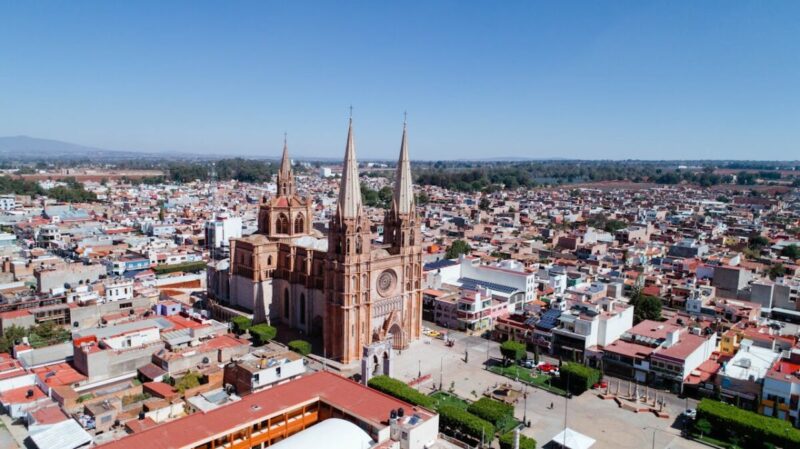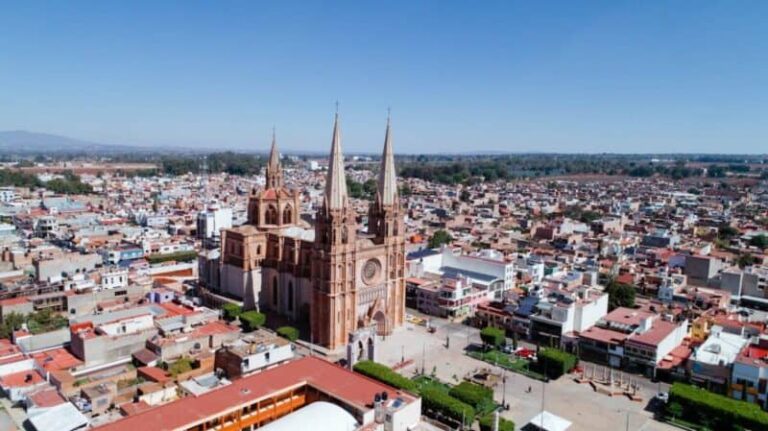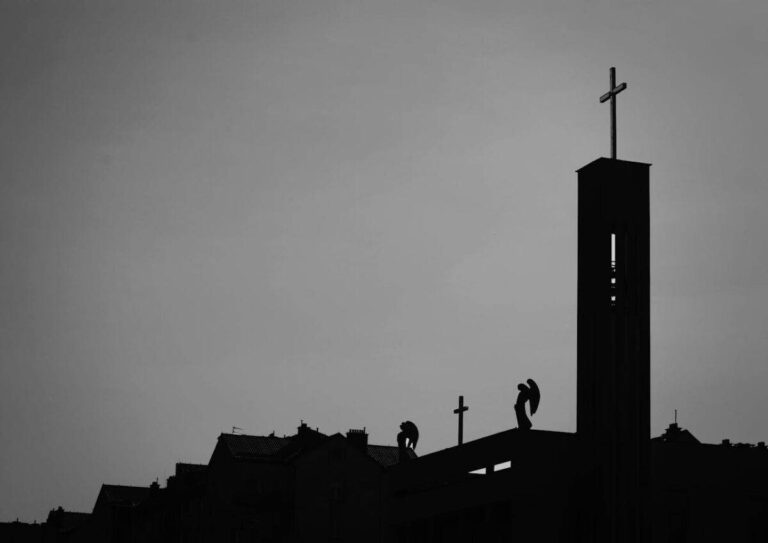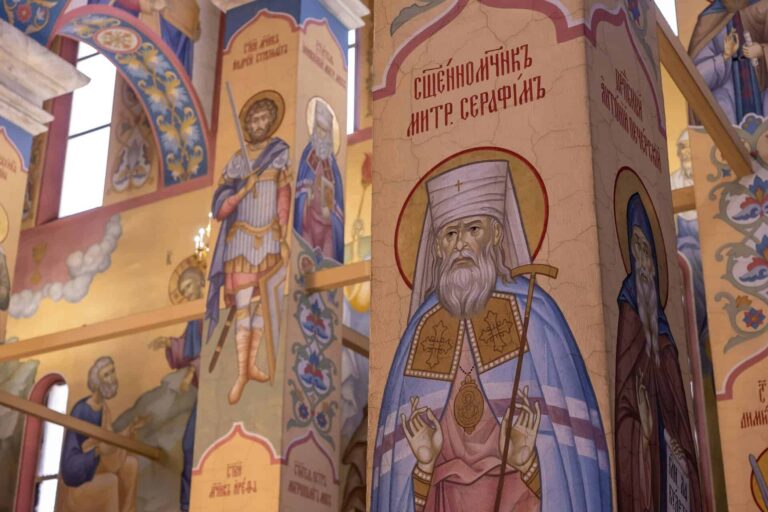Saint Joseph Calasanz 17th C Founder of the Pious Schools
Saint Joseph Calasanz was born on September 11, 1557, and he died on August 25, 1648. He was, was a Spanish Catholic priest, educator, and the founder of the Pious Schools, which provided free education to poor boys. Saint Joseph Calasanz became a close friend of the renowned astronomer Galileo Galilei because he was very involved in mathematics. Saint Joseph Calasanz is honored as a saint by the Catholic Church, following his 1767 papal canonization. He was born in Spain and then went to Rome. Have you heard of him?
Saint Joseph Calasanz Biography

Saint Joseph Calasanz was born in the Kingdom of Aragon on September 11, 1557, the youngest of eight children. His father was the mayor of the town where he was born in and he was a minor noble. In his youth, he was nearly two meters tall. He was educated at home and in an elementary school in Peralta. In 1569, he was sent for classical studies to a college in Estadilla run by the friars. He decided he wanted to become a priest he he was 14 years old. Saint Joseph Calasanz studied philosophy and law at the University of Lleida. He then began theology studies at the University of Valencia.
He was very ill in 1582 and almost died. He recovered he was ordained a priest. In the first couple of years as a priest, he had several experiences that would shape his future. He began his ministry when he became a theologian, confessor, synodal examiner, and procurator to his local Bishop. When the bishop was transferred to Lerida, Saint Joseph Calasanz followed him to the new diocese. During that period, he spent several years in La Seu d’Urgell. He was the secretary of the cathedral chapter, distributed food to the poor.
In 1592, at 35, Saint Joseph Calasanz moved to Rome. He hoped to further his ecclesiastical career and secure some kind of paronage. He lived there for most of his remaining 56 years. While in Rome, he gathered boys from the streets for religious instruction and other schooling. However, this initiative was not well-received by teachers at the school. Being poorly paid, they refused to accept the additional labor without remuneration.
On September 15, 1616, the first public and free school in Frascati was started up on Saint Joseph Calasanz’s initiative. Less than one year later, on March 6, 1617, Pope Paul V approved his group as the Pauline Congregation of the Poor of the Mother of God of the Pious Schools, the first religious institute dedicated essentially to teaching, by his brief “Ad ea per quae.” On March 25, 1617, he and his fourteen assistants received the Piarist habit and became the first members of the new congregation.
At a time when humanistic studies reigned supreme, Saint Joseph Calasanz sensed the importance of mathematics and science, perhaps harkening back to his education, for the future, and issued frequent instructions that mathematics and science should be taught in his schools and that his teachers should have a firmer grounding in those subjects. He was a friend of Galileo Galilei and sent some distinguished Piarists to study under the great scientist. He shared and defended his controversial view of the cosmos.
His idea of educating every child, his schools for the poor, his support of the heliocentric sciences, and his service towards children and youth all aroused the opposition of many among the governing classes in society and the ecclesiastical hierarchy. In 1642, as a result of an internal crisis in the congregation as well as outside intrigues and pressures, he was held and interrogated by the Inquisition.
Conclusion
Saint Joseph Calasanz always remained faithful to the Catholic Church, and he died August 25, 1648, at the age of 90, admired for his holiness and courage by his students, their families, his fellow Piarists, and the people of Rome. He was buried in the Church of San Pantaleo. Eight years after his death, Pope Alexander VII cleared the name of the Pious Schools. Joseph Calasanz was beatified on August 7, 1748, by Pope Benedict XIV. He was later canonized by Pope Clement XIII on July 16, 1767.





